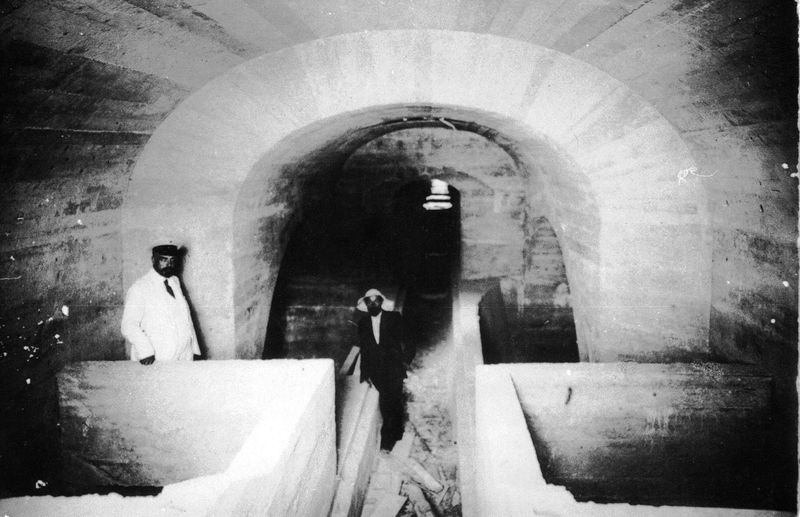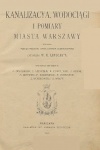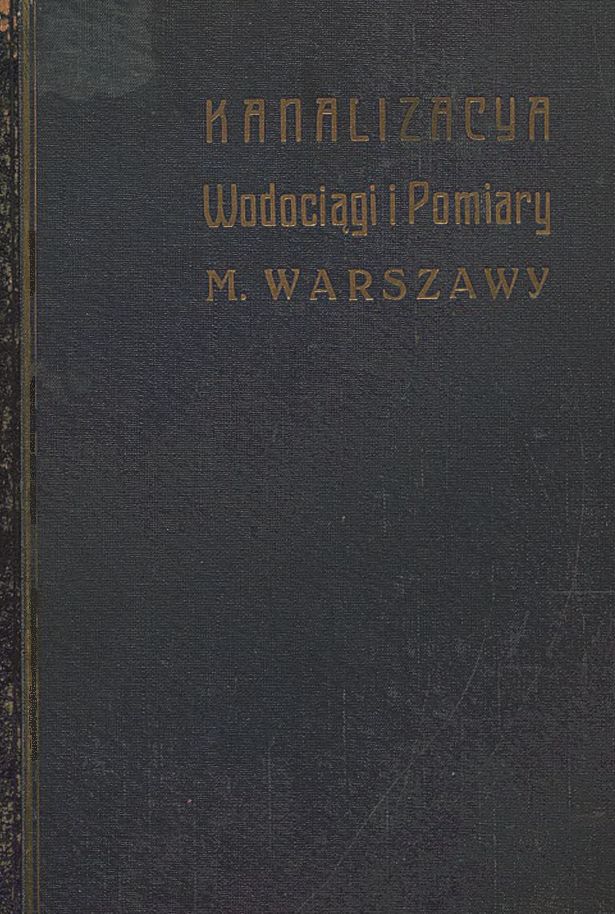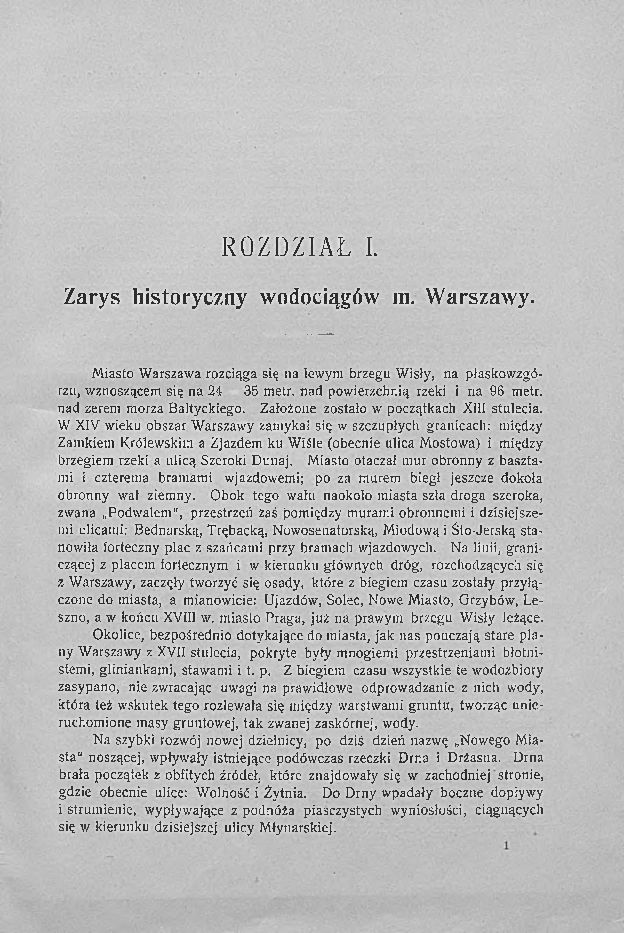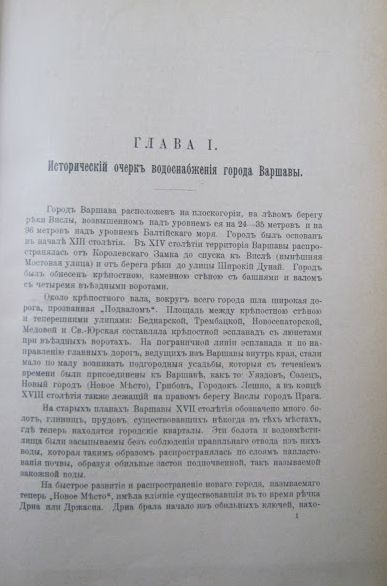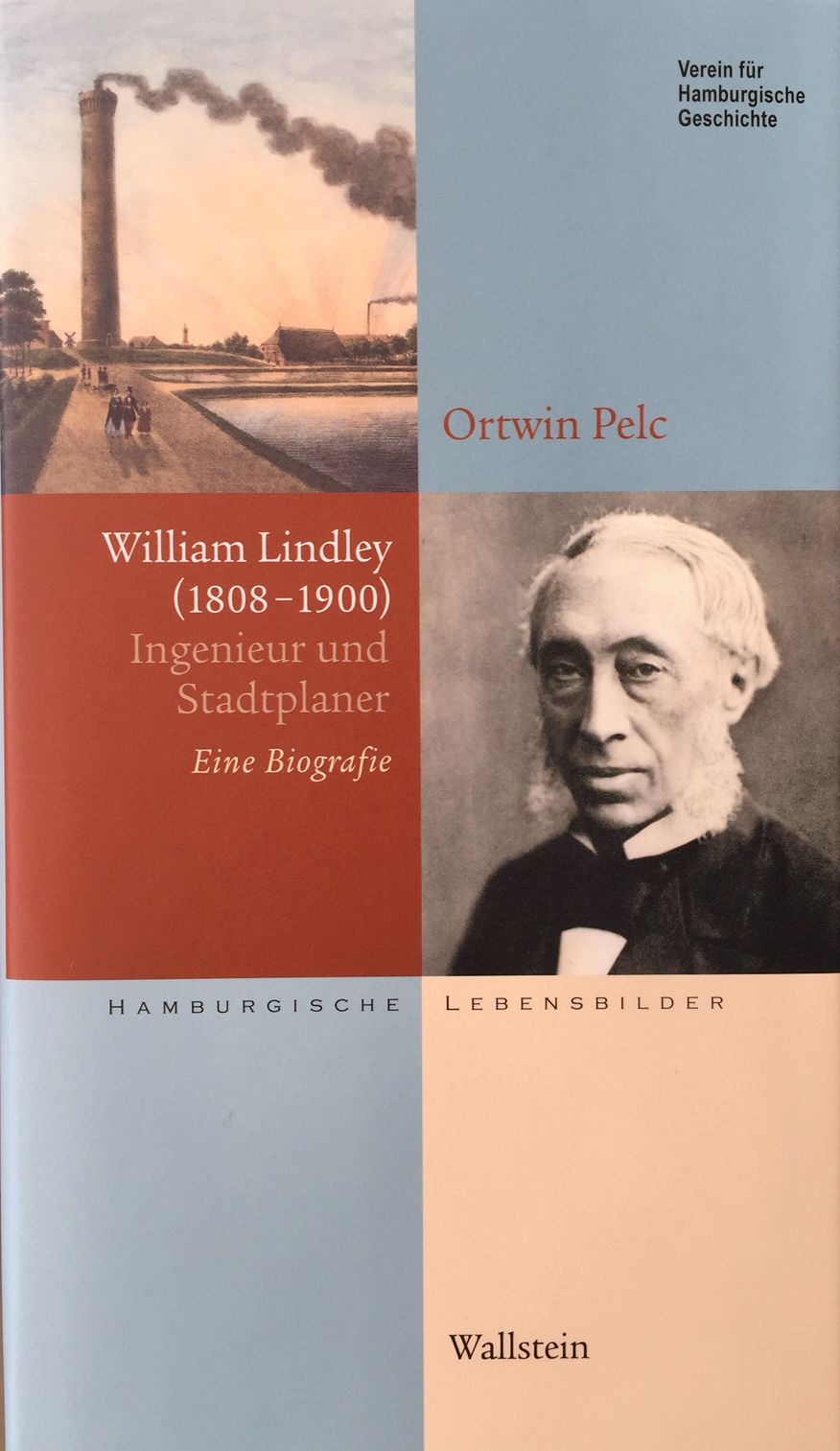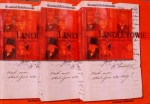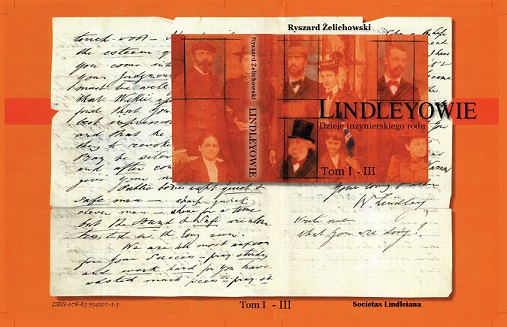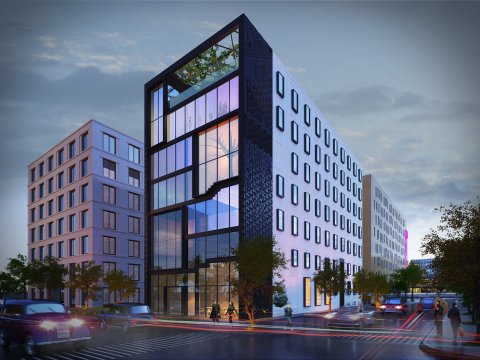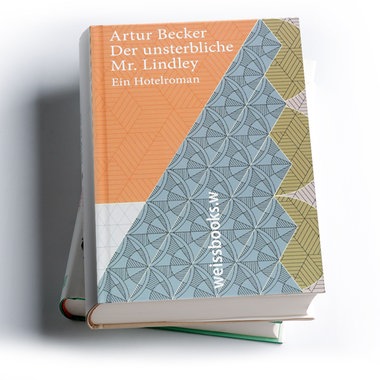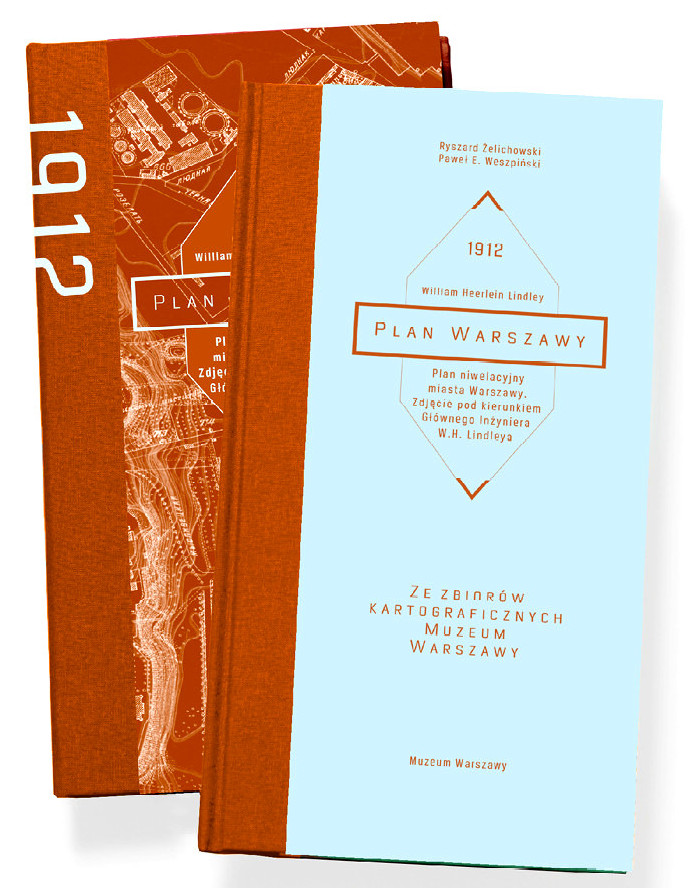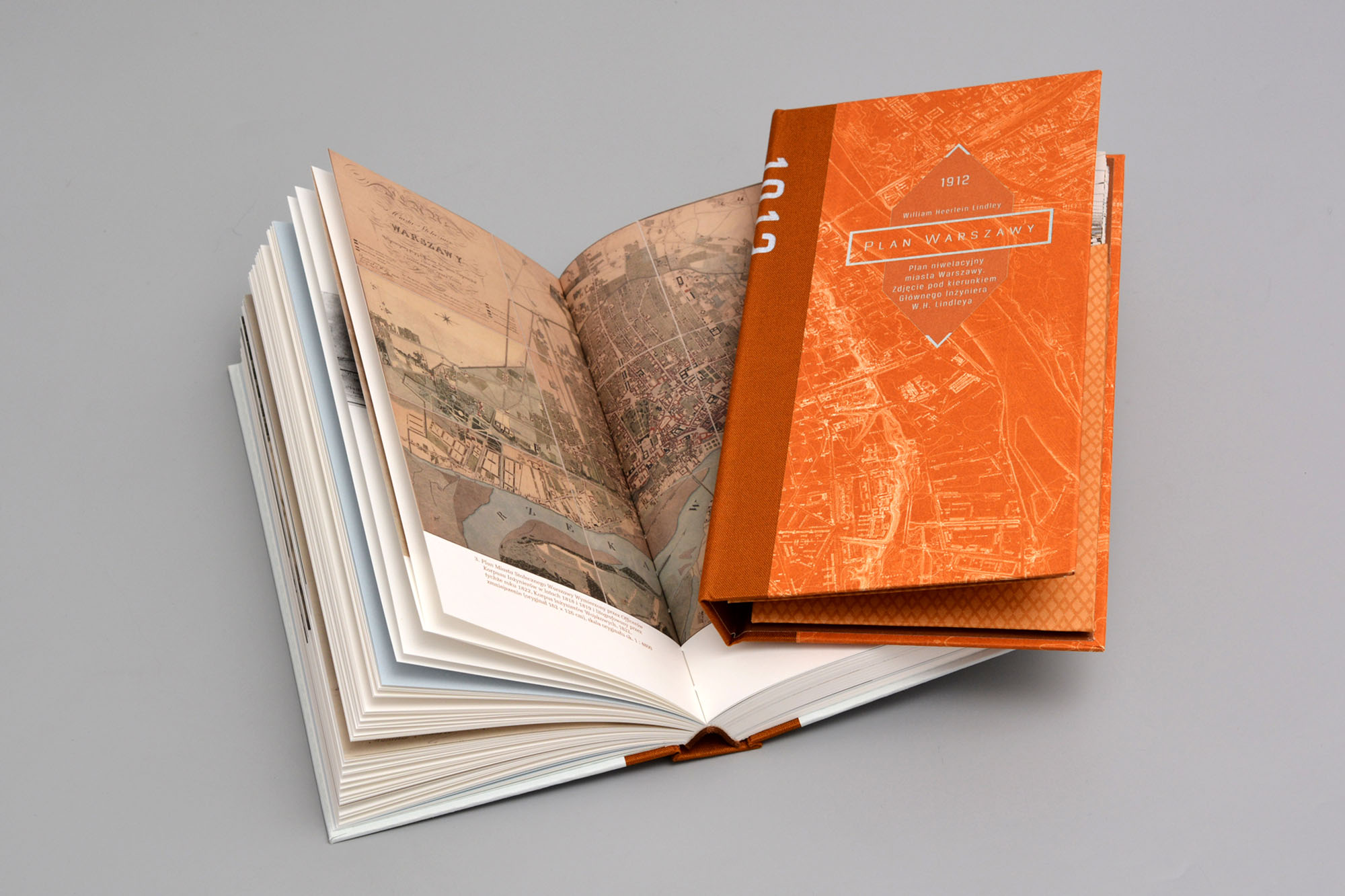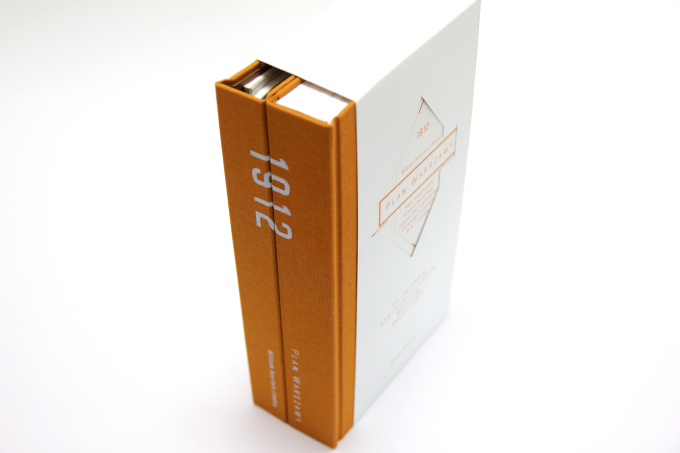Aktualności
Nowa rzeźba Williama H. Lindleya w Warszawie
Latem tego roku Warszawa wzbogaciła się o nową podobiznę Williama Heerleina Lindleya. Rzeźbę, a właściwie popiersie angielskiego inżyniera wykonał profesor Jan Pastwa z Uniwersytetu Sztuk Pięknych w Warszawie. Jest on także autorem rzeźby całej postaci W.H. Lindleya przy ławeczce mu zadedykowanej na warszawskim Podzamczu. Ławeczkę zaprojektowali dr Norbert Sarnecki we współpracy z Anną Sarnecką.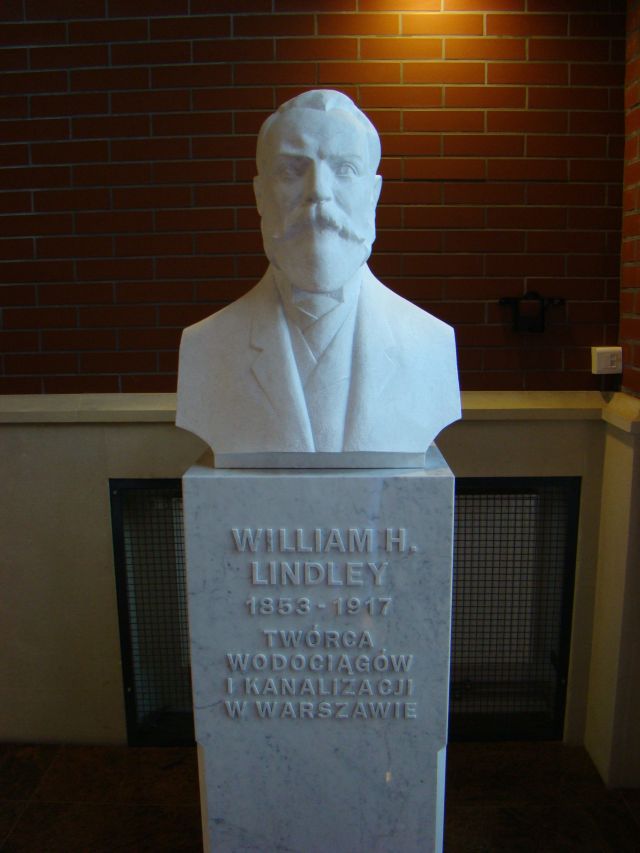
Popiersie W.H. Lindleya stoi w najnowszym obiekcie Miejskiego Przedsiębiorstwa Wodociągów i Kanalizacji - stacji ozonowania pośredniego i filtracji na węglu aktywnym. O ile płaskorzeźba przedstawiająca Williama Lindleay-ojca na frontonie budynku jest widoczna z ulicy Filtrowej, o tyle popiersie nie jest publicznie dostępne. Mogą je obejrzeć jedynie goście obiektu.
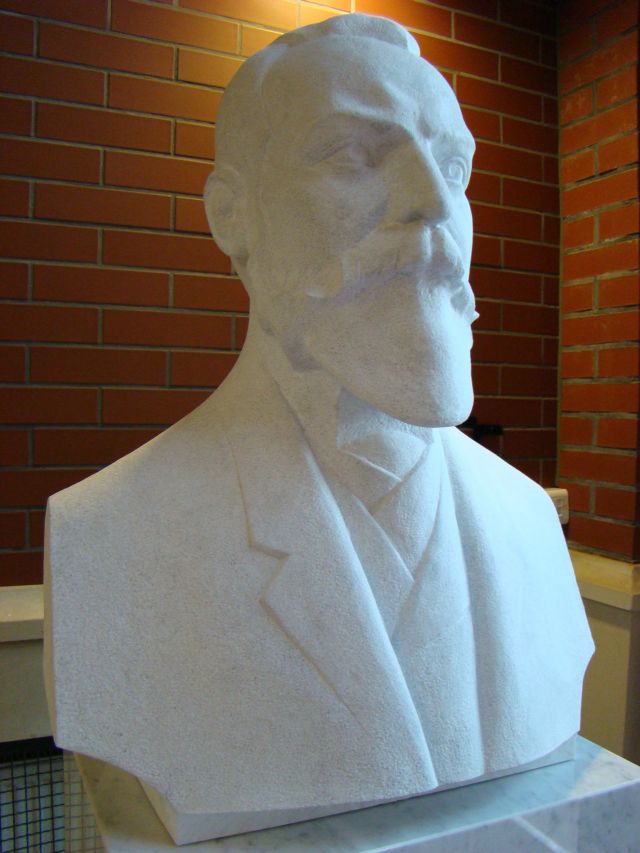
Na temat dorobku artystów zob.: http://sculpture.com.pl/files_NS/index.htm
W marcu 2017 roku miasto Baku obchodzi setną rocznicę budowy wodociągu według projektu W.H. Lindleya (na fot. Lindley i Tagijew)
W 100-rocznicę wodociągu w Baku
W 100 lat wodociągu Shollar-Baku, ostatniego dzieła Williama H. Lindleya
Pod
koniec XIX wieku gospodarze miasta Baku musieli uporać się z fundamentalnym
problemem dla dalszego rozwoju Baku - niedoborem wody. Wyczerpano już wszystkie
dostępne rozwiązania, począwszy od pobierania zanieczyszczonej wody z
pobliskich rzek a na budowie zakładów odsalania wody morskiej zakończywszy. Także
szukano specjalistów zagranicą. Po latach różnorodnych prób i narad zapadła
decyzja, aby do miasta doprowadzić wodę z odległych źródeł gór Kaukazu.
Tego
trudnego zadania podjął się r William Heerlein Lindley. Prace, które rozpoczął w
1899 roku, prowadził aż do śmierci w 1917 roku. Zaprojektowany przez niego rurociąg
miał swój początek u źródeł rzeki Kura, wypływającej ze stoków Dolnego Kaukazu,
110 mil (177 km) na południe od miasta Baku.
Jak mówił sam Lindley: „W Europie Zachodniej kierowałem pracami wodociągowymi i kanalizacyjnymi w 35 miastach, ale nigdy nie miałem do czynienia z dziełem o takim technicznym rozmachu i trudnościach, jak budowa tego rurociągu”. Redakcja tygodnika „Illustrated London News” z 1912 roku w artykule zatytułowanym "Woda dla Miasta Wielkiej Ropy: Budowa najdłuższego wodociągu w Europie" opisała szczegółowo rozmach tej budowy.
Chociaż od 1914 roku trwała pierwsza wojna światowa, udało mu się Lindleyowi przybyć do Baku, by w 1917 roku wziąć udział w „wielkim otwarciu”. W dniu 21 stycznia milioner-filantrop Z.H. Taghiyev, wspierający projekt finansowo i propagandowo, przekręcił kurek w obecności wszystkich władz lokalnych i woda ze źródła w Shollar popłynęła do punktu poboru wody w centrum miasta. Następnego dnia Lindley włączył osobiście zawór i krystalicznie czysta woda wypełniła zbiornik na wodę o pojemności 4,5 miliona wiader wody.
Transkaukaskie Linie Kolejowe uhonorowały z tej okazji Lindleya żetonem na korzystanie z ich usług do końca życia.
Obecnie ujęcie w Shollar po stu latach nadal jest uznawane za najlepsze źródło wody miasta Baku, zarówno ze względu na jej jakość jak i na niezawodną dystrybucję
.
Była to ostatnia podróż Williama H. Lindleya do tej odległej części Imperium Rosyjskiego. Wiadomości z frontu, wkrótce o rewolucji bolszewickiej, oznaczały koniec świata, który znał. Sir William Heerlein Lindley zmarł w grudniu 1917 roku w swoim domu w Londynie na atak serca. Miał 64 lata.
Wieść o jego śmierci dotarła do Baku w następnym roku. W dniu 3 marca 1918 roku, na nadzwyczajnym wspólnym posiedzeniu władze miasta uczciły tę smutną wiadomość minutą ciszy.
Dla uczczenia jego zasług dla miasta władze stolicy Demokratycznej Republiki Azerbejdżanu przemianowały Aleję Romanowów na ulicę Williama H. Lindleya. W 1923 roku bolszewicy zmienili jej nazwę. Obecnie to ulica 28 maja i upamiętnia narodziny pierwszej Republiki Azerbejdżanu w 1918 roku.
Na fotografii prace nad ujęciem w Szolar (w tle inż. Stefan Skrzywan)
